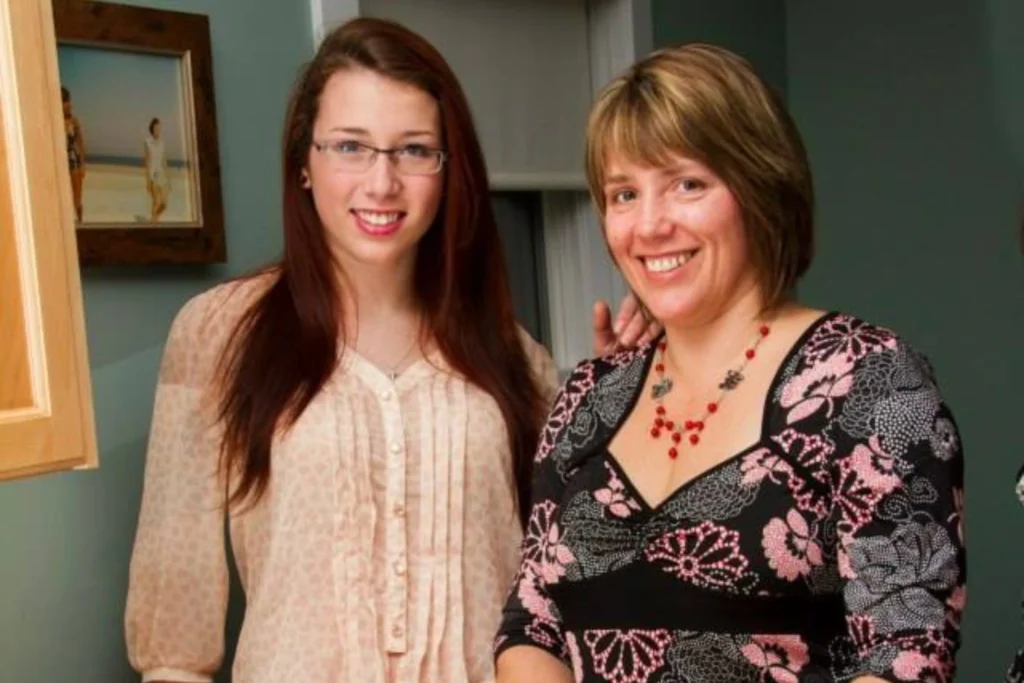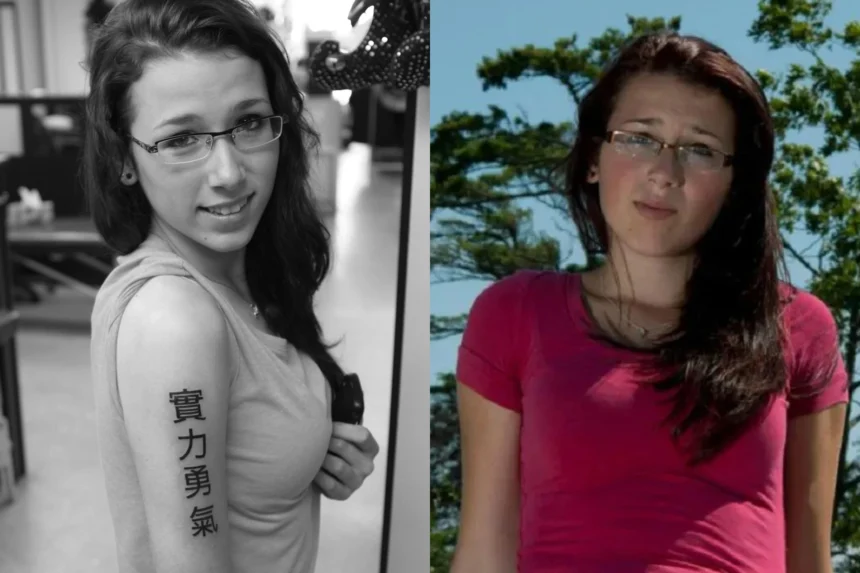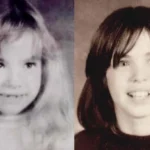In April 2013, news of Rehtaeh Parsons’ death broke hearts across Canada and around the world. At just 17 years old, she took her own life after facing months of bullying and pain. It all started with one night in 2011—a night that changed everything.
A Bright Light in Cole Harbour
Rehtaeh Anne Parsons was born on December 9, 1995, and lived in Cole Harbour, Nova Scotia. Everyone who knew her said she was full of life and had a kind, loving heart. Her parents, Leah Parsons and Glen Canning along with her two younger sisters, Temyson and Teaghan were very close to her. Friends often called her “Rae.”
She loved animals, art, science and history. She also cared deeply for others. Her mom once said, “Rehtaeh was a beautiful, intelligent girl with a loving heart. Her potential was limitless but she was destroyed by the cruelty of others.”
At school, she was a straight-A student and someone who stood up for people who were treated unfairly. But everything changed after one terrible night in 2011.
A Party That Changed Everything

In November 2011, when she was just 15, Rehtaeh went to a small party with a friend. She drank vodka and became very sick. While she was in that vulnerable state, she was allegedly raped by four boys. During the incident, one of the boys took a photo of her that was very explicit. That photo would be used to hurt her again and again.
In the days after the party, the photo was shared around school and through social media. People at school began calling her names, sending her cruel messages and turning their backs on her. She was labeled unfairly and instead of getting support, she was bullied.
Leah Parsons later said, “Because the boys already had a ‘slut’ story, the victim of the rape, Rehtaeh, was considered a slut.” The bullying got so bad that Rehtaeh had to switch schools multiple times, hoping to escape the harassment. But the photo and the judgment followed her everywhere.
Trying to Heal
Over the next year and a half, Rehtaeh switched schools four times. Each time, she hoped for a fresh start. But even when some new friends began to support her, the emotional pain didn’t go away. She battled depression and anxiety and was even hospitalized for six weeks.
Even though she was hurting, Rehtaeh tried to seem okay. Her friend, Jollimore, shared later, “She wanted so desperately to feel ‘normal’ that she kept her pain hidden from even her best friend.”
A Broken Justice System

Soon after the photo was spread around, Rehtaeh’s family went to the police. The RCMP opened a case to investigate the alleged sexual assault and the sharing of child pornography. They interviewed Rehtaeh and started looking into the phones and evidence.
But the process was slow and in the end, disappointing. By April 2012, just months after the investigation began, police told the family that no charges would be laid. The reason was “not enough evidence”. Even though they had the photo, investigators decided it wasn’t strong enough proof.
Cpl. Scott MacRae of the RCMP told reporters, “At the end of the investigation, police, along with the crown attorney, concluded there was insufficient evidence to proceed with charges.”
The Parsons family was heartbroken. They believed the justice system had completely failed Rehtaeh. Leah Parsons started speaking out, sharing her daughter’s story with the public and demanding answers. The case sparked national anger and many people agreed that Rehtaeh had been treated unfairly by the system that was supposed to protect her.
Ross Landry, who was Nova Scotia’s Justice Minister at the time, said, “We all need to reflect on how we can come together in Rehtaeh’s memory to intervene and take action to support young people.”
The Final Days
On April 4, 2013, Rehtaeh tried to take her own life at her home. She was rushed to the hospital but never regained consciousness. After three days, her family made the painful choice to remove her from life support. Rehtaeh died on April 7.
The news shocked the nation. People gathered in protests, lit candles at vigils and demanded change. Her story was shared all over the internet, in schools and in the media. What happened to her started a much-needed conversation about cyberbullying, sexual assault and how badly things can go when victims are ignored.
After the public backlash, the government decided to reopen the case. This time, two boys were charged—but not for the sexual assault. They were charged under child pornography laws for sharing the photo.
One of the boys later pleaded guilty to sharing the picture. He didn’t go to jail but got a conditional discharge, probation and was ordered to attend counseling. Many people were frustrated that this was the only punishment given especially when Rehtaeh had suffered so much for so long.
A New Law, A New Hope

After Rehtaeh’s death, Nova Scotia passed a new law in August 2013 called the Cyber-safety Act. It was the first law in Canada that gave victims of cyberbullying a way to protect themselves. It also allowed them to sue the people who bullied them online.
Even though the law was a step in the right direction, the conversation didn’t stop there. Rehtaeh’s photo appeared again in online ads which caused more pain to her family. Facebook later apologized, calling it “a deeply unfortunate error.”
Rehtaeh’s story became more than a headline. It became a powerful reminder that bullying—especially online—can have deadly effects. Her father, Glen Canning, began to speak at events and conferences, sharing Rehtaeh’s story to help prevent this from happening to someone else.
In an emotional blog post, he wrote: “The epidemic of sexual assault and cyberbullying needs to stop.”
The RCMP and Crown prosecutors faced public reviews. One investigation found that there were many ways the system had let Rehtaeh down. The report recommended new rules and better support systems for victims of sexual assault and online harassment.




